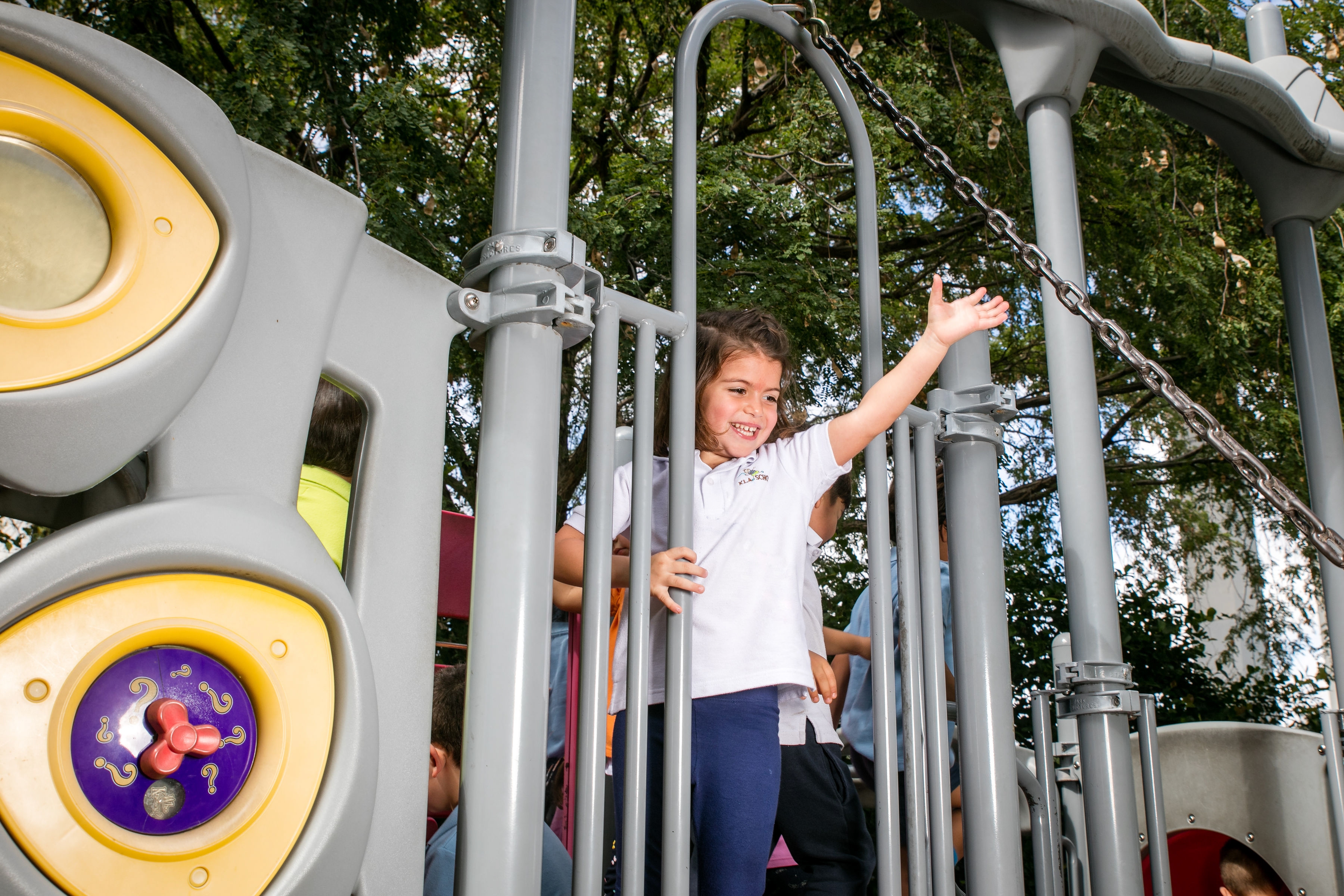Dec 01, 2016
Helping Your Child Overcome Fears
We can all remember being afraid of something as children, whether it was sleeping in the dark, monsters under the bed, or a neighborhood dog. As a parent, you may have noticed your own child exhibiting certain fears, and might wonder where it comes from and how to help him get through it.
Here are some tips to help your child overcome his fears.
Understand what children are afraid of
The sorts of things children typically find scary vary by age. Babies often experience anxiety around people they don’t recognize, or become distressed over loud noises. Between 10 and 18 months, toddlers begin to become afraid of their parents leaving, worried that they might not return. Preschool-age children begin to develop fears based in the imagination, such as monsters, or certain animals.
Of course, every child is different, but knowing what things could make your child afraid can help you understand why she reacts so strongly.
Respect your child’s feelings
While you can easily see that there are no monsters under your preschooler’s bed, that fear is very real to your child. Encourage your child to talk about what she’s feeling, and offer calm reassurance without judgement. Simply talking about why she’s scared can help her feel more connected to you, and your calm demeanor could help her see that the monsters might not be quite so scary after all.
Practice confronting fears
As a parent, it’s natural to want to protect your child from what scares him. However, if you protect him too much, he might not ever learn how to cope with his fear. It’s important to find that balance between total avoidance and too much exposure. For example, if your child is feeling anxiety over talking to other kids, you can help him to practice by asking him to simply say “hi” to someone new the next time you’re at the park. He may feel comfortable enough to play with his new friend, but if he runs right back to you after saying “hi,” that is still progress that should be rewarded. If your child seems comfortable, you can build on that progress next time with another step, such as asking a new friend his or her name.
Teach coping strategies
Teaching your child coping strategies is an important way to help her work on overcoming her own fears, and develop a sense of self-confidence. In addition to the fear-confrontation technique described earlier, some other examples of coping strategies include: positive statements she can say to herself when she gets scared, drawing pictures of happy things that she can look at if she’s anxious, or physically calming actions such as taking deep breaths. These strategies typically work best before your child reaches a state of panic or excessive fear, so practice them with her as often as you can before things get too much for her to handle.
All children have a fear of some sort, and some of those fears may sometimes seem irrational to adults. However, by understanding where fears come from, discussing your child’s feelings, practicing confrontation in small steps, and teaching coping strategies, these anxious or scared feelings can be overcome.

